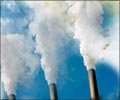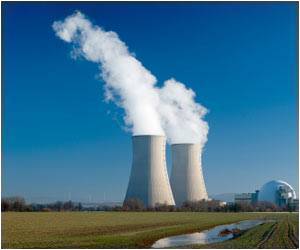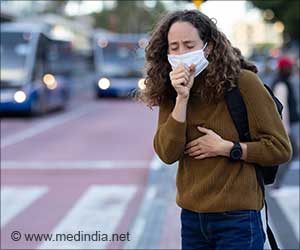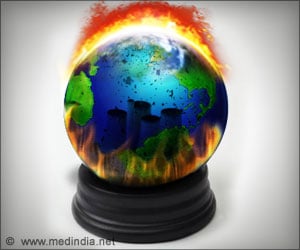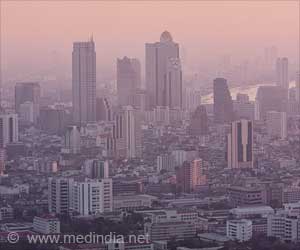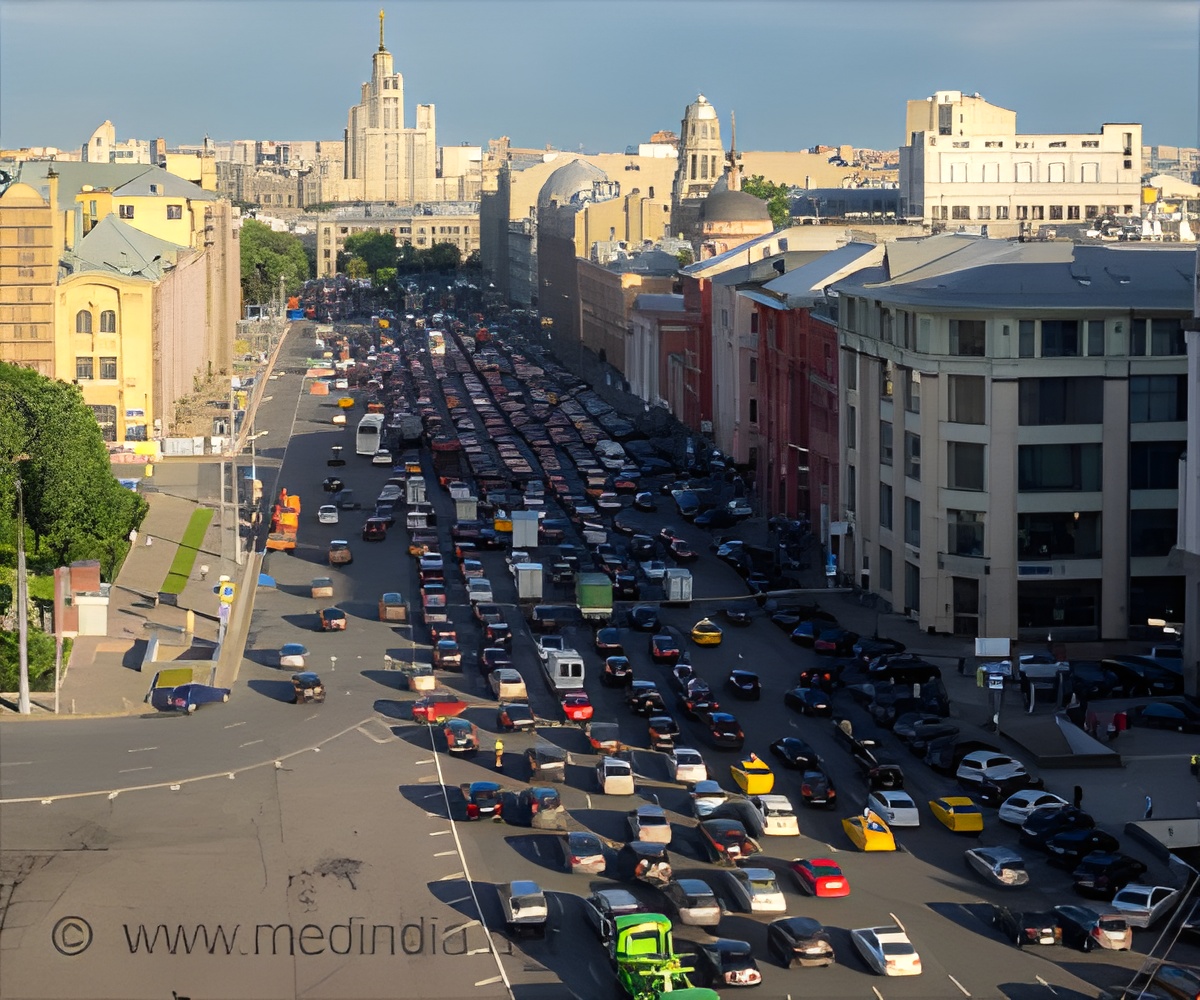
‘Pre-warning should be implemented, and the regional stationary emissions should be controlled and reduced in advance. Once the pollution formed, the local emissions should be controlled, thus the peak values of contaminant can be efficiently restrained.’
Tweet it Now
The research group led by WANG Yuesi from the Institute of
Atmospheric Physics (IAP) has monitored the evolution of regional
atmospheric mixing layer height (MLH) and attenuated backscattering
coefficient in the Beijing-Tianjin-Hebei region for years. Combined with
the particle's chemical component online analysis, some highlighted
results about the regional heavy haze formation mechanism are obtained. "Beijing is located to the north of the North China Plain. During the initial polluted period, it is affected by southerly transport at the latitude of 500-1000 m." WANG find, "Once the pollution is formed, the MLH will decrease quickly to 500m even lower and increase the pollutant concentration rapidly with compression mechanism. Meanwhile, the hygroscopic growth and heterogeneous chemical processes enhancement under the circumstance of high relative humidity will facilitate the explosive growth of secondary particulate matters."
The co-existence of those factors can further exacerbate the pollution degree. At this time, although the impact of regional transport is less important, the local emitted (such as motor vehicles) pollutants are unable to diffuse, thus will result in a consistent increase of the pollutant concentrations in the MLH.
The heavy haze formation in Beijing is therefore depicted as "initiate by the regional transport mainly from the coal burning in surrounding areas, and intensified by the local secondary formation originated from the motor vehicles". This conclusion is presented in papers written by TANG Guiqian, LIU Zirui, WANG Lili, HU Bo, XIN Jinyuan and ZHU Xiaowan and is confirmed consistently by some new experimental researches.
According to these researches, suggestions are proposed to the environmental protection administration: Pre-warning should be implemented two or three days ahead of the heavy haze coming, and the regional stationary emissions especially the elevated sources should be controlled and reduced in advance. Once the pollution formed, the local emissions should be controlled, thus the peak values of contaminant can be efficiently restrained.
Advertisement

